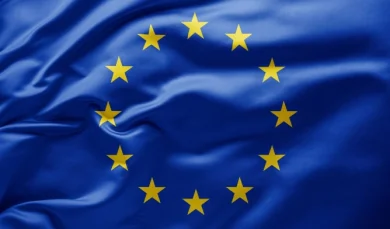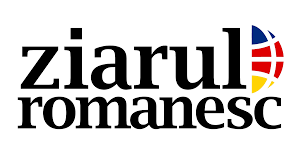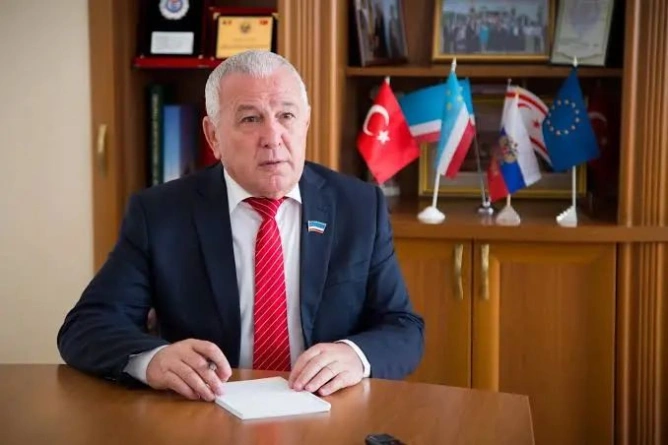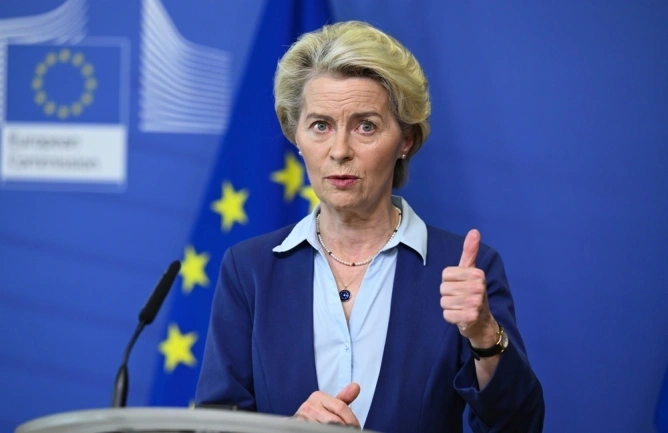
Brussels, November 13, 2025 – The President of the European Commission, Ursula von der Leyen, presented in the plenary session of the European Parliament the three options through which the Union can cover Ukraine's financial needs for 2026–2027. The proposal with the greatest political impact – a loan based on frozen Russian assets – has generated the first divergent reactions among MEPs.
Von der Leyen warned that the intensification of Russian attacks on Ukrainian energy infrastructure necessitates a swift decision. "In a single day, Russia launched "over 40 ballistic and cruise missiles and nearly 500 drones," destroying two major power plants.
To cover Ukraine's financial needs for the period 2026–2027, the European Commission proposes, first of all, the use of the remaining "headroom" in the EU budget. "Headroom" refers to the financial margin available in the Union's multiannual budget – that is, the difference between the maximum spending ceiling allowed by treaties and the amounts already committed. In other words, it is a budgetary maneuvering space that can be used for unforeseen situations or urgent measures. This budgetary space would allow the Union to attract additional funds from capital markets through new joint loans, similar to the model used under NextGenerationEU. According to the European Executive, this option would ensure rapid and coordinated funding without requiring immediate additional contributions from member states. However, using the "headroom" requires unanimity in the Council, as it affects the overall balance of the multiannual budget.
The second option presented is the creation of an intergovernmental agreement outside the EU budget framework. In this scenario, each member state would individually provide the necessary amounts to contribute to financing Ukraine, according to an agreed distribution key. This model would allow the process to advance even in the case of blockages in the Council, but it would involve significant differences between national contributions and the risk of creating a fragmented, harder-to-manage mechanism.
The third option, considered by the Commission to be the most effective, is the establishment of a "reparations loan" based on cash from frozen Russian assets in the EU. This instrument would transfer to Ukraine a loan guaranteed by these funds, with Kiev only required to repay it if Russia pays compensation for the damages caused. The proposal would shift the cost of the war onto the aggressor state and reduce pressure on national budgets, but it raises legal questions and requires solid political consensus in the Council.
In the plenary session, Ursula von der Leyen presented the option of using frozen Russian assets as the solution with the greatest strategic impact. "This is the most effective way to support Ukraine's defense and economy and the clearest way to make Russia understand that time is not on its side," said the Commission President. Through this formulation, the European Executive argues that the instrument would shift the financial burden from European taxpayers to the Russian Federation, reducing pressure on national budgets and sending a direct political signal to Moscow.
Von der Leyen also insisted on the urgency of a political decision. "It is clear that we will deliver and that we will cover Ukraine's financial needs in the next two years. The discussion is now about 'how'," she said. The Commission's message is that support for Ukraine is no longer up for debate, only the mechanism through which it will be structured. In the context of disagreements among member states, particularly Belgium's expressed reservations regarding the use of frozen assets, this statement puts explicit pressure on the Council to avoid further delays.
One of the main controversial points remains Belgium's opposition to the use of frozen Russian assets to finance Ukraine, with several MEPs signaling in plenary that this position has created a blockage in the Council. The arguments invoked cite both legal and financial risks, and prolonged technical discussions have slowed the decision-making timeline. Divergences among member states are also evident regarding joint loans: for some capitals, creating a new instrument similar to that used for NextGenerationEU risks reactivating older political tensions.
At the same time, some political groups have raised the issue of the international legal repercussions of the option based on Russian assets. There are fears that Russia could challenge in international courts any mechanism that affects its frozen assets in the EU, which could expose the Union to lengthy lawsuits and possible countermeasures. These concerns fuel the caution of some member states and complicate the swift finding of a consensus.
The proposals of President Von der Leyen have been supported by the main European political groups, and EPP Vice President Jeroen Lenaers criticized the blockage in the Council from Belgium that has hindered European consensus regarding the use of Russian assets. The Greens have been more skeptical, and through the voice of the group's co-chair, Bas Eickhout, they have called for clarifications: "I think the simple question is the following: you said there are three options on the table. One is the remaining space in the current budget. How much is still available? You say there doesn't seem to be very much money. The second option, I don't consider that very serious either. So, how will you unblock the blockage created by Belgium in October, so that there is an agreement in December?"
The EU must decide by the end of the year on the financial mechanism for 2026–2027, at a time when Russia is intensifying attacks, and Ukraine is suffering territorial losses in Donbas. The Commission insists that the use of frozen Russian assets can become the central instrument of the European response.
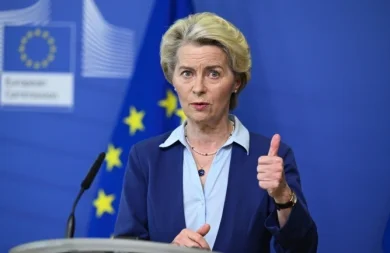
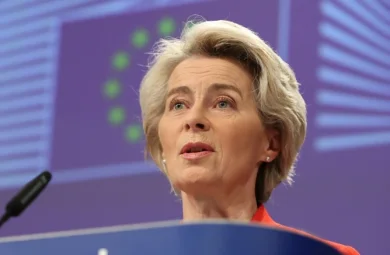
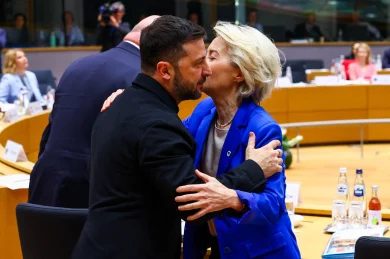

 (1).webp)
